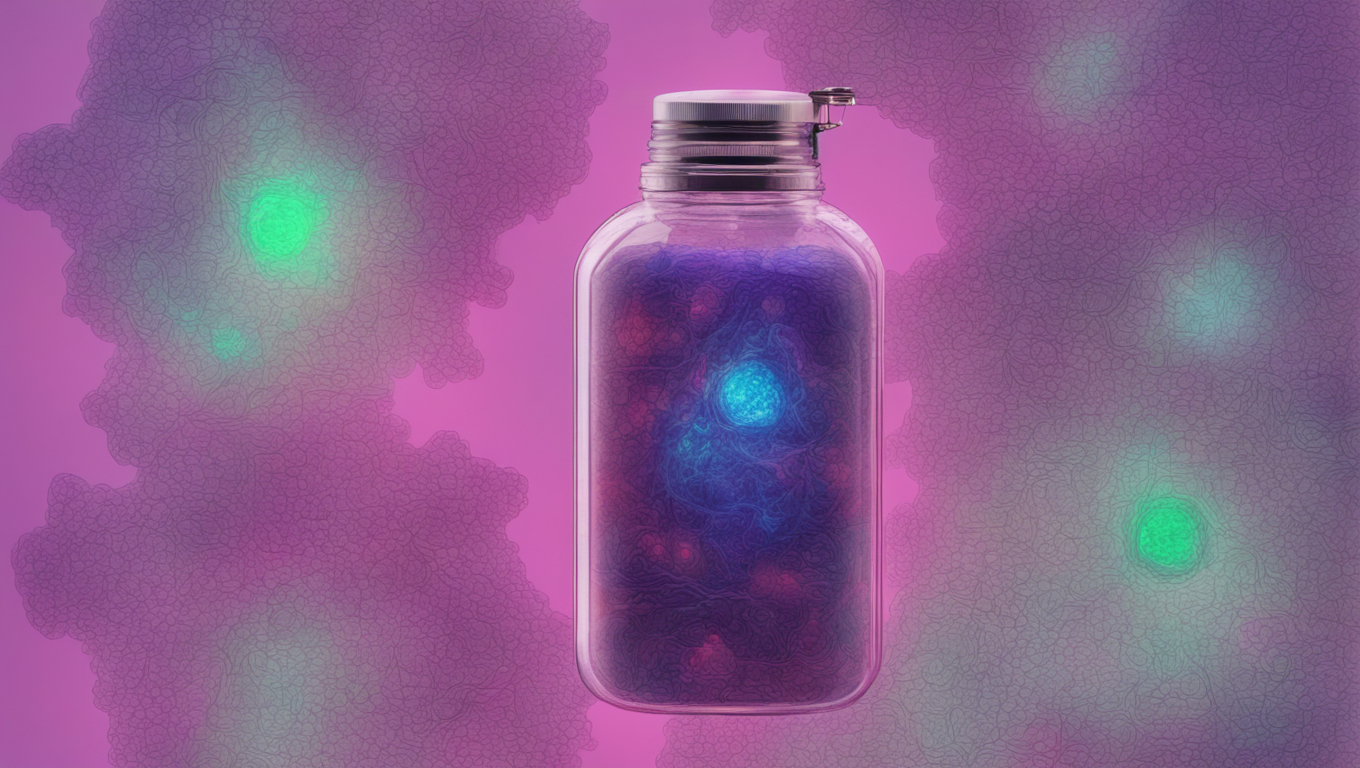In a groundbreaking study published in the journal Cell, scientists have utilized artificial intelligence (AI) to predict potential new antibiotics in the global microbiome. This marks a significant advancement in the field of antibiotic resistance research, offering hope in the fight against dangerous pathogens.
The study, conducted by researchers at the University of Pennsylvania, utilized an algorithm to mine what they refer to as the “microbial dark matter.” This refers to the vast microbial diversity present on Earth, where nearly 1 million new molecules were discovered. Lead author César de la Fuente, who directs the Machine Biology Group, described the algorithm as a powerful tool that allows scientists to sort through vast amounts of information and significantly speed up the process of antibiotic discovery.
Without the use of AI, scientists would have had to rely on traditional methods such as collecting water and soil samples to find molecules with antimicrobial properties. This process would have taken many years due to the ubiquity of microbes in various environments. However, with the algorithm, researchers were able to uncover hundreds of thousands of candidate molecules within hours.
The urgency of this research stems from the growing concern of antimicrobial resistance, which caused over 1.2 million deaths in 2019 alone. If left unchecked, this number could skyrocket to 10 million deaths annually by 2050, as predicted by the World Health Organization. Therefore, the discovery of new antibiotics through AI represents a crucial step toward combating this global health crisis.
While the study produced the largest antibiotic discovery effort to date, de la Fuente acknowledges the potential risks associated with AI. He suggests that bad actors could potentially develop AI models to design toxins. To address this concern, his laboratory has implemented stringent safeguards to store the generated molecules and ensure that they cannot self-replicate. However, it’s important to note that the molecules discovered in this study were inert and did not pose a biosecurity risk.
De la Fuente has been at the forefront of utilizing AI in antibiotics research for over a decade and has witnessed the significant acceleration of the discovery process. Typically, it takes 5 to 6 years to identify a single antibiotic candidate through conventional methods, but with AI, hundreds of thousands of candidates can be generated within a few hours.
Despite these promising results, any potential antibiotic still needs to undergo rigorous testing and clinical trials before it can be approved by regulatory bodies like the US Food and Drug Administration. This process can take up to 20 years. Nevertheless, the discovery of these potential antibiotics offers a glimmer of hope in the race against antibiotic resistance.
The data and code generated in this study have been made freely available to the public, emphasizing the researchers' commitment to advancing science and benefiting humanity. De la Fuente hopes that his team and other researchers will build upon these findings to further investigate the top candidates for potential antibiotic drugs.
This study is just one of many examples of how AI is revolutionizing the field of biology. Google DeepMind’s AlphaFold program, which predicts protein interactions, has the potential to make breakthroughs in cancer therapy and crop resilience. However, it’s important to approach AI with thoughtfulness and consider its applicability to specific projects. Not all scientific research requires the use of AI, and researchers should carefully evaluate when to utilize these tools.
While concerns about AI potentially replacing humans in certain scientific roles have been raised, de la Fuente argues that collaboration between humans and machines will be key. Anthony Gitter, an associate professor at the University of Wisconsin-Madison, highlights the significance of the study, stating that the research successfully harnessed widespread microbial genomic data and utilized machine learning to identify valuable antimicrobial peptides.
The integration of AI in antibiotic discovery represents a promising frontier in the fight against antimicrobial resistance. With the ability to rapidly generate potential candidates, scientists are one step closer to developing effective treatments and preventing the dire consequences of antibiotic-resistant infections.





Use the share button below if you liked it.